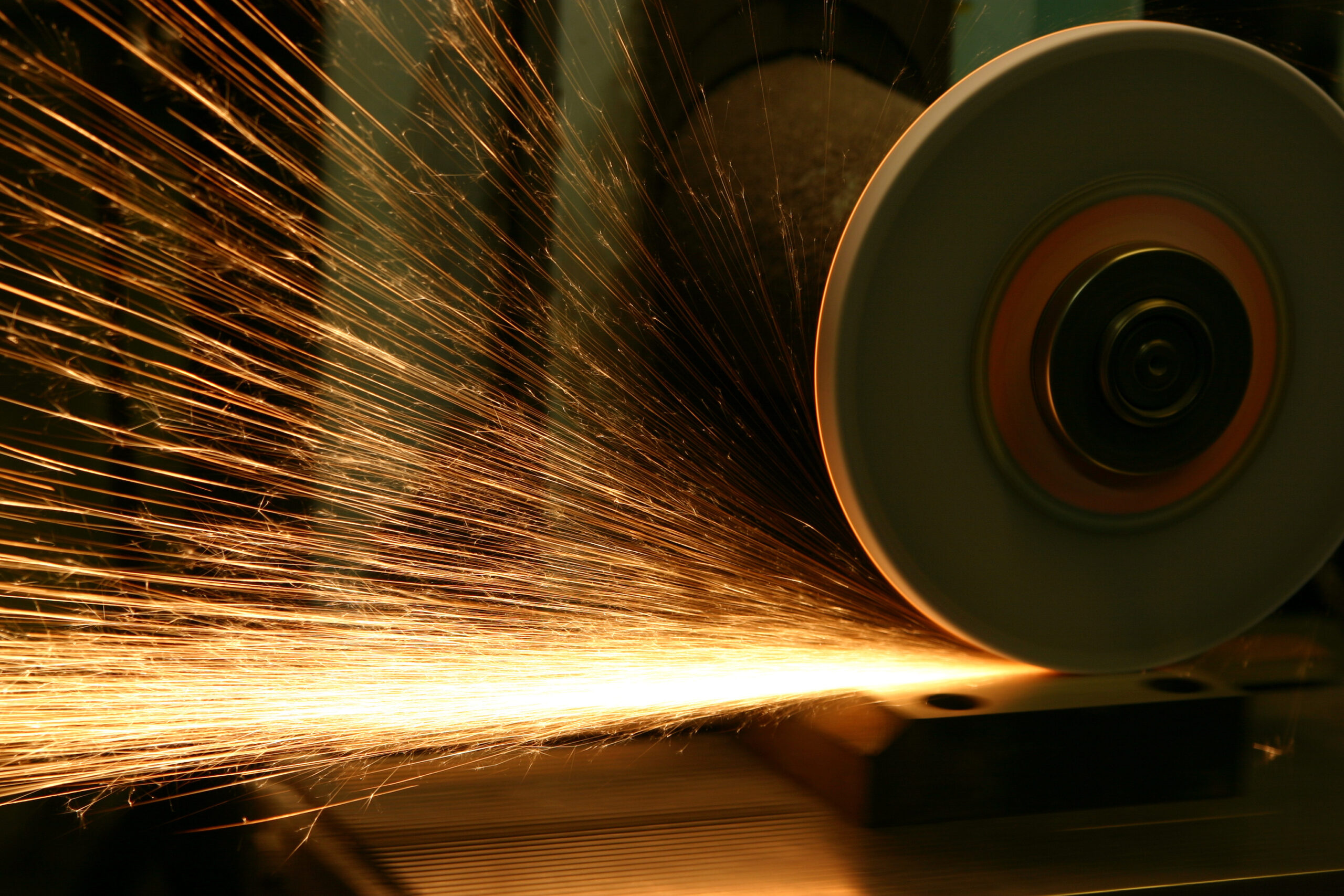Table of Contents
- Preventing Downtime: The Key to Manufacturing Success
- Key Considerations for Creating a Preventative Maintenance Program
- Key Types of Preventive Maintenance for Manufacturing Facilities
- Quick Tips for Developing Your PM Plan
- Action Steps
Preventing Downtime: The Key to Manufacturing Success
In today’s highly competitive manufacturing industry, unscheduled downtime is a costly issue for any operation. Whether you run a tool and die shop, metal fabrication service, or machine shop, unexpected downtime not only halts production but impacts revenue and customer relationships. To stay ahead, it’s essential to have a preventative maintenance (PM) plan in place. With the right strategy, you can reduce equipment failures, minimize costly disruptions, and keep your facility running at peak performance.
Key Considerations for Creating a Preventative Maintenance Program
When developing your PM program, it’s important to align maintenance with each piece of equipment’s role and usage. Start by evaluating how often the equipment is used and whether peak production periods could disrupt the maintenance schedule. Then, consider whether replacement parts are readily available or need to be ordered in advance. Finally, determine if you’ll need any specialized technicians, such as millwrights, to perform maintenance tasks. By addressing these key factors, you will develop a PM program that fits the specific needs of your equipment and keeps your facility running smoothly.
Key Types of Preventive Maintenance for Manufacturing Facilities
- Time/Usage-Based Maintenance: Like servicing your car based on mileage or time, production equipment may need regular lubrication, calibration, or replacement of parts to prevent age-related issues that could impact production.
- Prescriptive Maintenance: Many modern pieces of automated production equipment use artificial intelligence (AI) and sensors to monitor their operational condition. This helps in identifying potential issues early, such as changes in vibration, temperature, or other operational parameters, which could indicate equipment failure or the need for maintenance. A thorough and prescriptive PM plan will include infrared scanning of equipment by a professional to identify potential “hot spots” or irregularities inside the equipment that are not typically seen by visual inspection.
- Risk-Based Maintenance: Even equipment that isn’t used frequently should be accounted for in your PM plan. A facility is only as strong as its weakest link, so all machinery needs to be considered.
While no PM program can prevent all unexpected failures, a well-designed program can reduce downtime, enhance safety and quality, and lead to overall cost savings.
Quick Tips for Developing Your PM Plan
- Inventory Your Assets: List each piece of equipment and its make, model, and serial number. Identify main operators and equipment locations within the plant.
- Prioritize Critical Equipment: Focus on equipment that is hard to replace or requires lengthy replacement times. Prioritize maintenance for the most crucial equipment for production.
- Develop an Initial Maintenance Schedule: Create a PM plan using recommendations from equipment manufacturers and input from internal and external technicians.
- Monitor and Adjust: Track production issues and machinery failures between scheduled PMs, and adjust the program as needed.
Action Steps
As you develop and implement a preventive maintenance (PM) plan for your production machinery, ensure your insurance coverage aligns with your strategy. Review your policy with your broker to confirm it meets the needs of your tailored PM plan. Address any potential gaps, especially regarding parts availability, specialist requirements, and equipment downtime. A well-coordinated PM plan combined with Unica’s Manufacturers Connection™ will help safeguard your operations, enhance equipment reliability, and minimize disruptions.
Stay informed and make sure your coverage is up to date! For regular updates on essential coverage and industry insights, follow us on LinkedIn!



